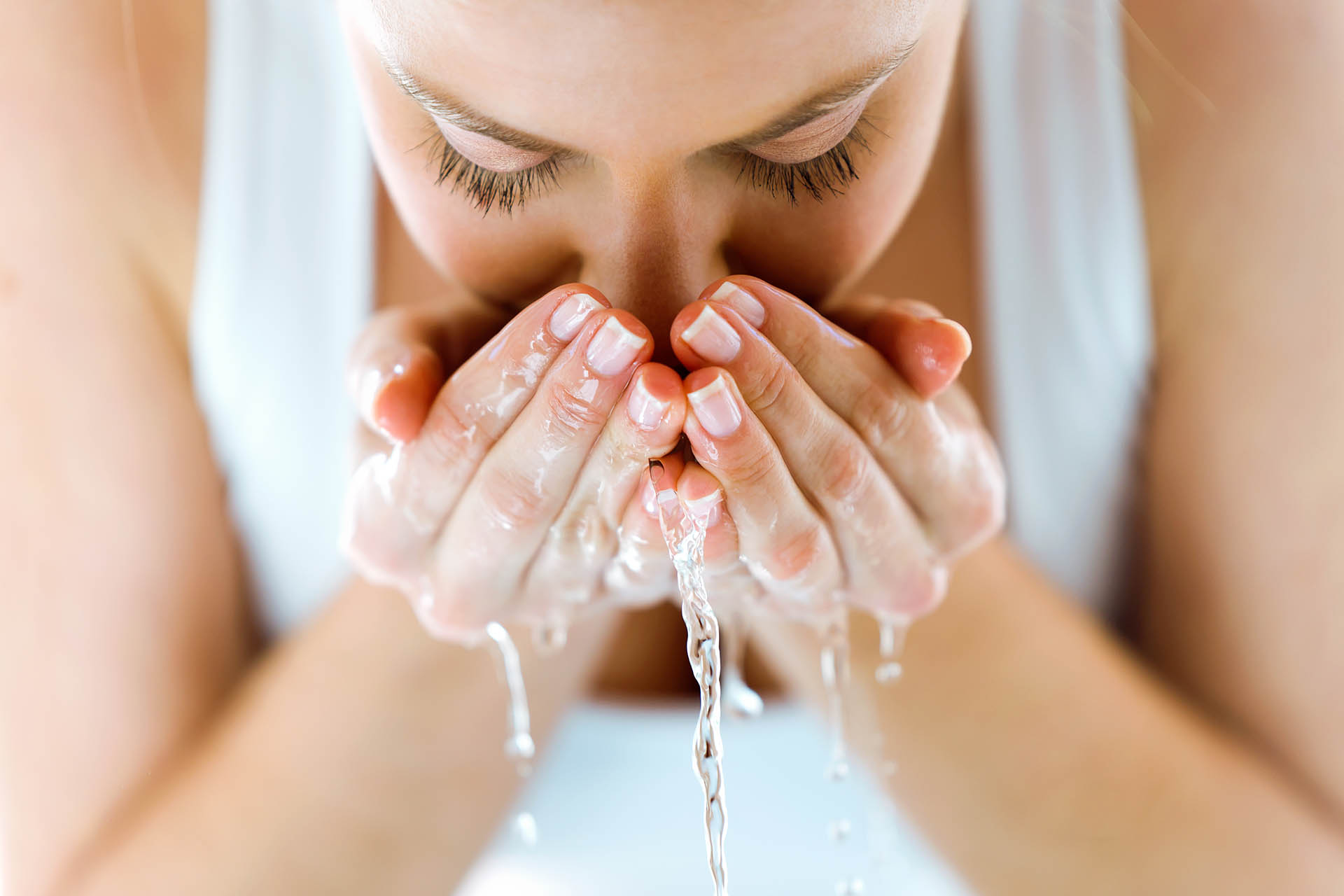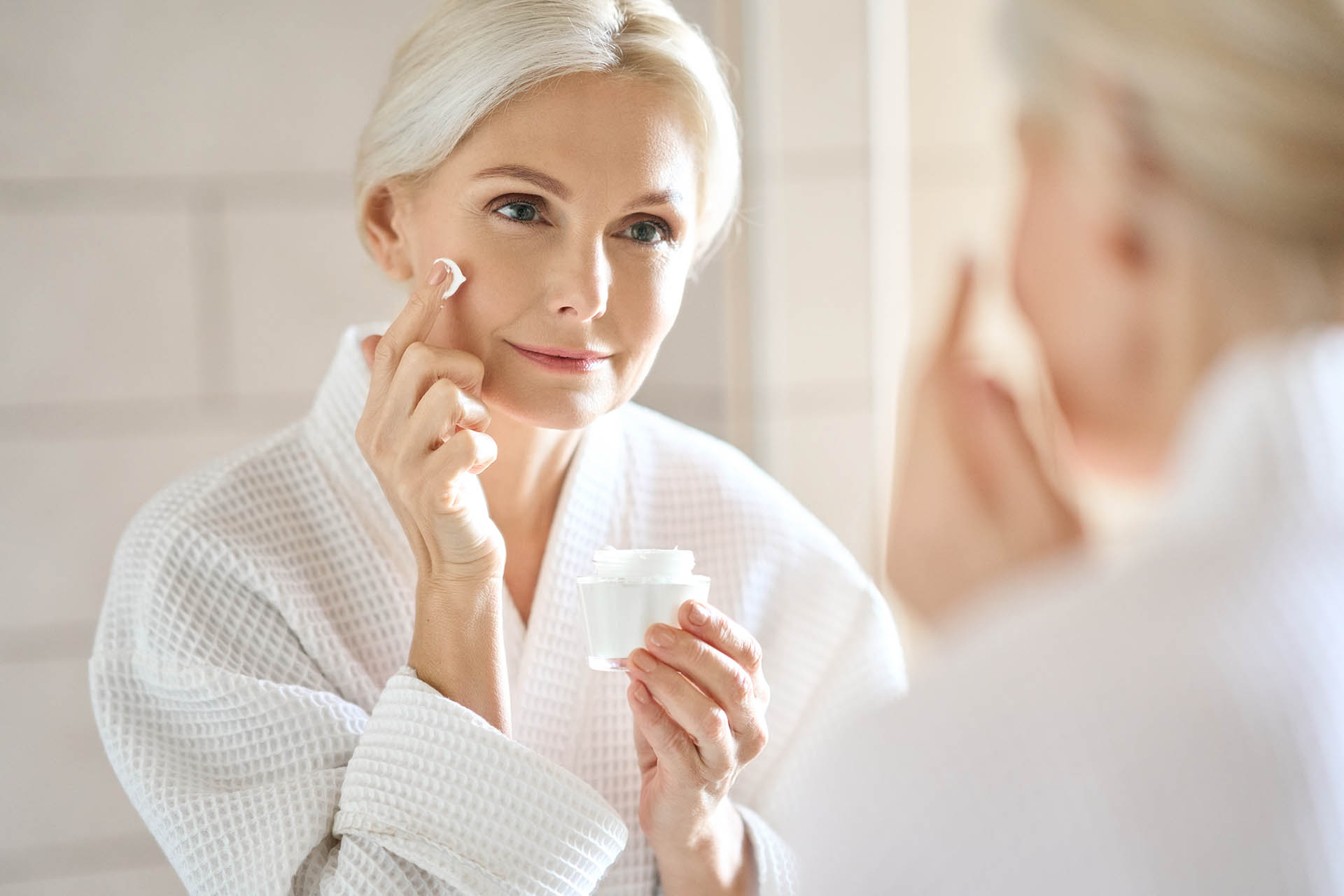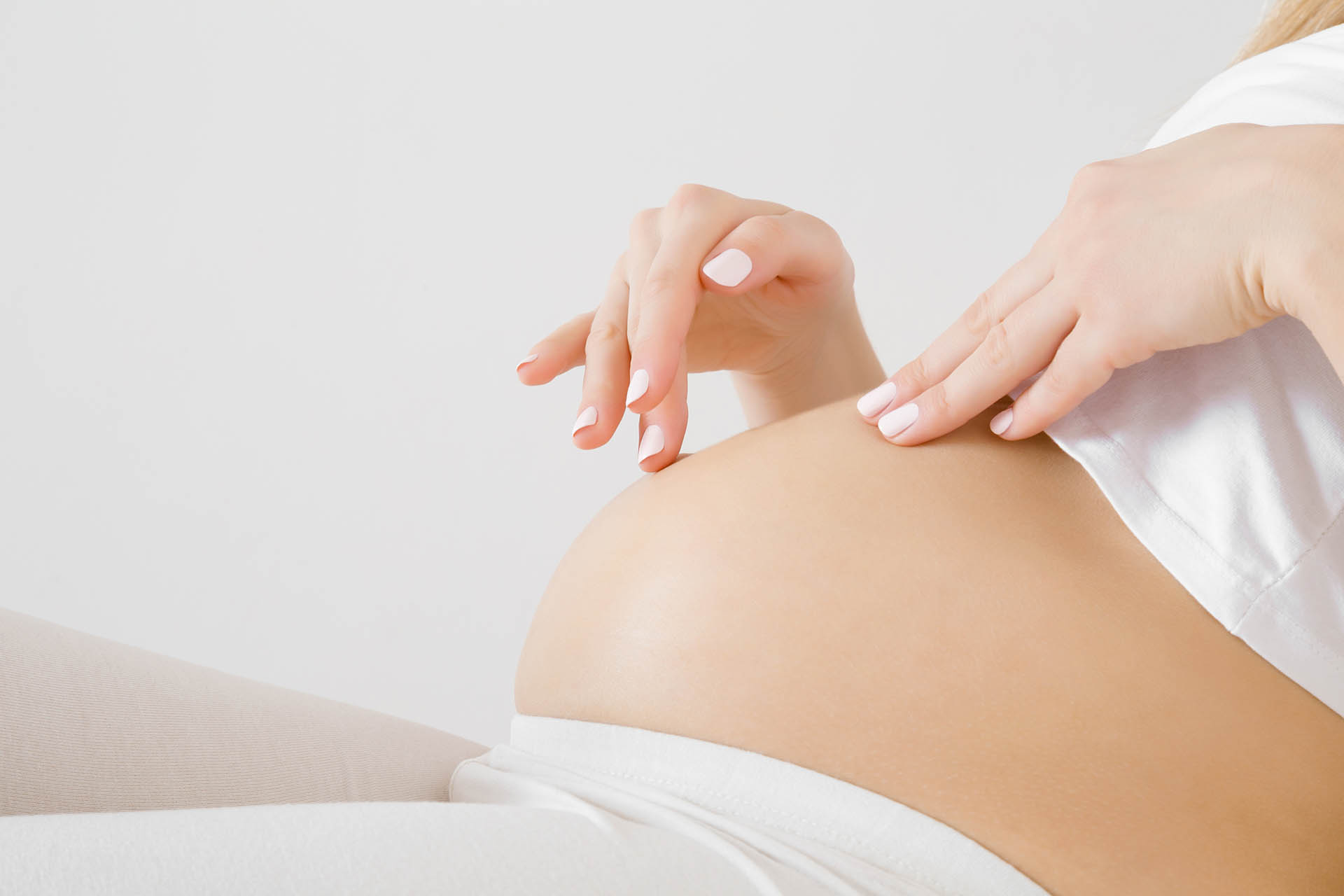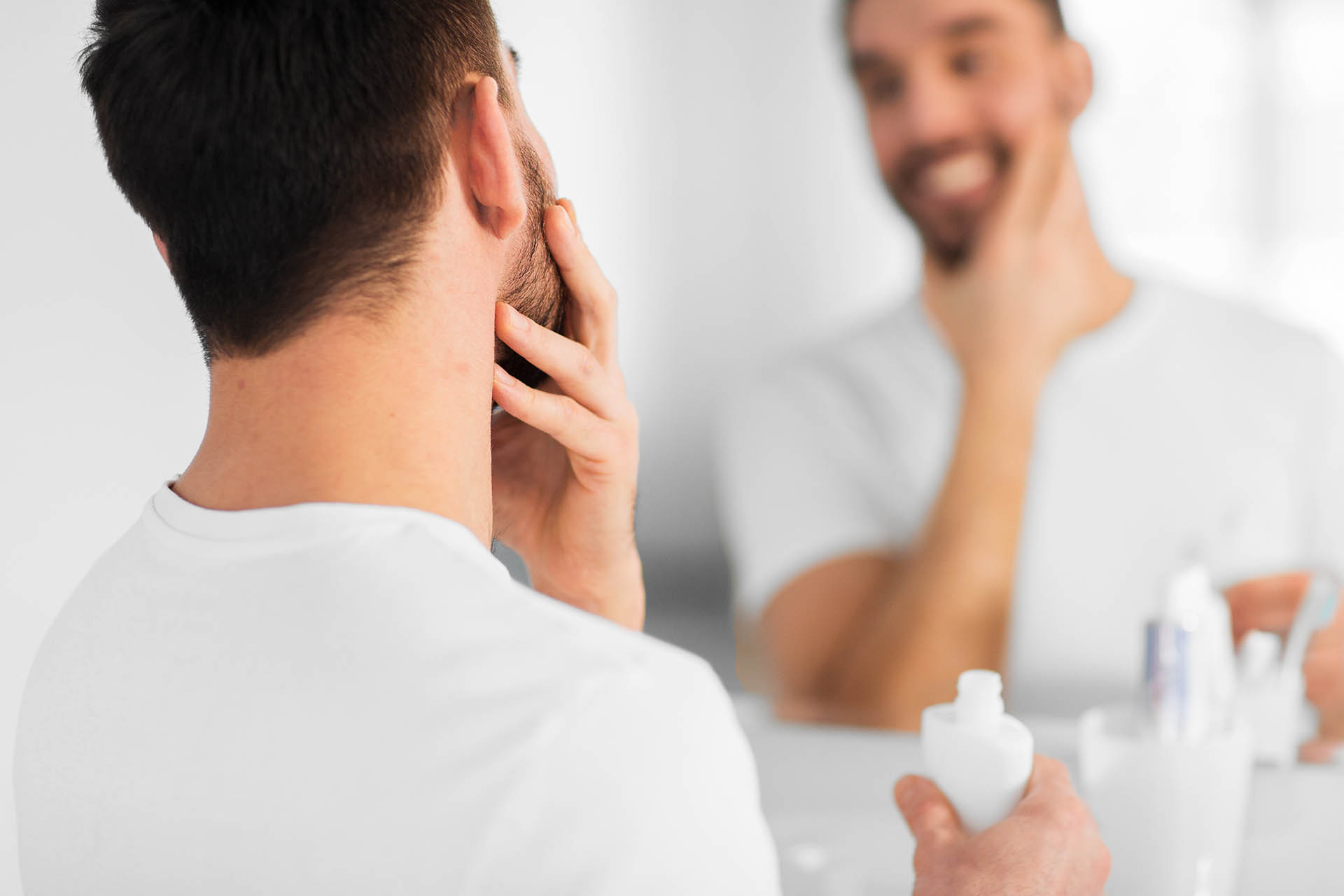Gone are the days of using a bar of soap to wash your face. Nowadays, cleansers come in many forms: oils, balms, creams, milks, gels, scrubs, foaming cleansers, wipes and micellar water cleansers, to name just a few. Add to that list terms like double cleansing, and it’s no surprise if you’re feeling a bit confused. Here’s an overview of the types of cleansers available, how to choose one, and how exactly you should be cleansing your skin.
All About Cleansers
What’s the difference between the different types of cleansers?
Cleansing oils are used to remove makeup and sunscreen. They are massaged onto dry skin, then turn milky when mixed with water. They may leave a residue on the skin, so a second cleanse with a different type of cleanser is usually needed to ensure they’ve been completely removed from the skin.
Cleansing balms are similar to cream cleansers, except they have a thicker consistency at room temperature, liquefying when they come in contact with warm skin. They’re used to remove makeup and sunscreen, and may require a second cleanse for complete removal. They’re a good choice for dry skin.
Cream cleansers are thick and creamy. They’re excellent at removing makeup, and are particularly suitable for those with dry skin. A second cleanse may be required for complete removal.
Milk cleansers are lighter than cream cleansers. They tend to contain lower levels of surfactants than foaming cleansers and added hydrating agents, and are suitable for all skin types.
Gel cleansers are useful for those with oily or combination skin. They’re often used as a morning cleanser or as a second cleanser.
Foaming cleaners can be very effective cleansers, but may be drying and irritating due to the nature of the foaming ingredients. Check your cleanser is pH balanced and doesn’t contain sodium lauryl sulfate. Foaming cleansers may be best avoided if you have dry or sensitive skin.
Cleansing wipes are wipes used to remove makeup, oil and dirt. They’re convenient, but are probably not as effective at cleansing the skin as other cleansers.They can also pull on the skin, and may leave behind an irritating residue.
Micellar waters are a mixture of tiny oil molecules in water. They’re best used for removing makeup as part of a first cleanse, and should be followed by a second cleanse with another type of cleanser.
Bar cleansers were originally soap cleaners which, whilst very effective, were very alkaline and drying on the skin. These days, soap-free bar cleansers are available which are much more gentle on the skin.
How do I choose a cleanser?
This comes down to personal preference, your skin type, and the amount of sunscreen and makeup you wear. Oily skin types tend to favour cleansing gels, milks, and gentle foaming cleansers. Dry and sensitive skin types tend to favour cleansing balms, creams and milks. Those who wear heavy makeup may benefit from double cleansing, first with a cleansing oil, milk or balm, and then with a cleansing milk, gel, or gentle foaming cleanser.
What is double cleansing?
Double cleansing is usually done in the evening, and involves using two cleansers, one after the other. The first cleanse is to remove makeup and sunscreen. The second cleanse is to remove anything that wasn’t removed in the first step, plus any residual cleanser.
For the first cleanse, use a cleansing oil, milk, cream, balm or micellar water.
For the second cleanse, a different cleanser is generally used, although you can use the same one you used for the first cleanse. This could be a different cleansing oil, milk, cream or balm, or a cleansing gel or gentle foaming cleanser.
Do I have to double cleanse?
Double cleansing is not essential, but may be useful if you wear heavy makeup or have difficulty getting your skin clean with just one cleanse. A single cleanse is all that’s needed in the morning.
Can I use the same cleanser for both cleansers?
Double cleansing originated in Korea, where traditionally an oil-based cleanser was used for the first cleanse, followed by a water-based cleanser. However, we’re happy to break with tradition and say that yes, you can use the same cleanser for both cleanses if you like. However, if your first cleanse is with an oil cleanser, it may be best to use a different cleanser for your second cleanse to help remove any oil that’s left on your skin.
Should I look for a cleanser with active ingredients in it?
Some cleansers contain active ingredients such as salicylic acid, benzoyl peroxide, lactic acid, glycolic acid and others. In general, if a cleanser is washed off quickly, it’s probably not going to be in contact with the skin for long enough to be effective. It’s better to view your cleanser’s job as to clean your face and focus on doing that well, and get your active ingredients from other products such as serums and creams.
Having said that, cleansers containing salicylic acid and benzoyl peroxide can be very effective in the treatment of acne, particularly back and chest acne, especially if they are left in contact with the skin for 60-120 seconds before rinsing.
Should I spend a lot of money on a cleanser?
No! Some of the best cleansers are available from pharmacies for less than $15. Price does not necessarily indicate quality. Better to save your money for a high quality retinoid or vitamin C leave-on product.





